What are the foundational tests for using a rubber process analyzer?
If you're just beginning your journey with RPA testing then you know there is a lot to learn. The tests below outline the most essential methods to serve as the foundation for testing.
Isothermal Cure
Isothermal cure experiments are the most common quality control test in rubber and elastomer processing. With over 3500 data points available on MonControl, all characteristics including minimum / maximum elastic torque, scorch times, cure times and reaction rates are precisely calculated.
Pass / fail statuses and tolerance gates can be easily set and evaluated with each test.
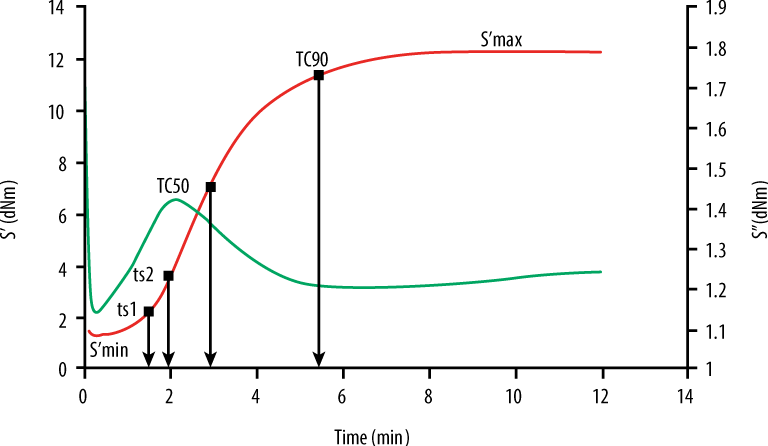
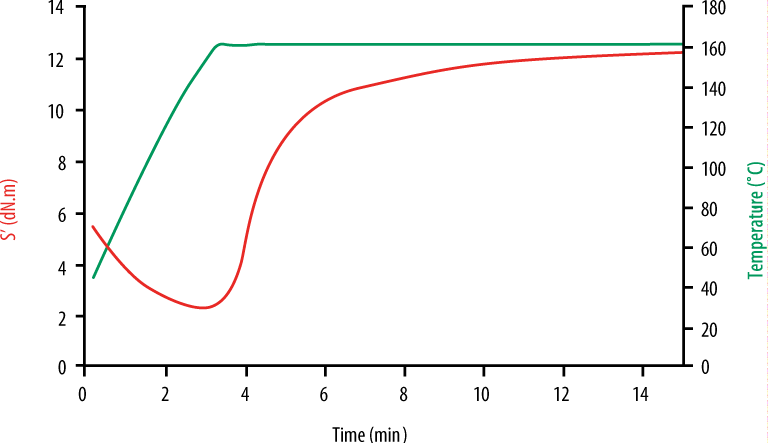
Non-Isothermal Cure
MonTech MDRs and RPAs can be programmed to follow any non-isothermal temperature profile to simulate mixing, milling, extrusion, compression molding, injection molding and storage conditions.
Non-isothermal test sequences are executed in a single test and can be included with other dynamic tests for the most accurate data discerning material behavior.
Cure with Simultaneous Sponging / Foaming / Blowing Reaction
Taking place during the curing process, foaming reactions produce cellular membrane-like structures within mixes and are vital part of compound development. The cellular matrix created during the foaming reaction reduces density, increases thermal and acoustic insulation, and affects the stiffness of the mix.
MonTech rheometers are optionally equipped with a precision normal force transducer in the die cavity. This advanced transducer reveals interrelations between the simultaneous cure and foaming reaction.
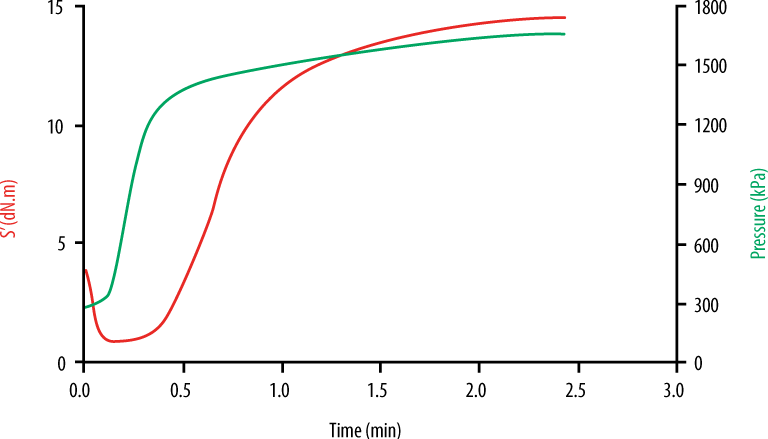
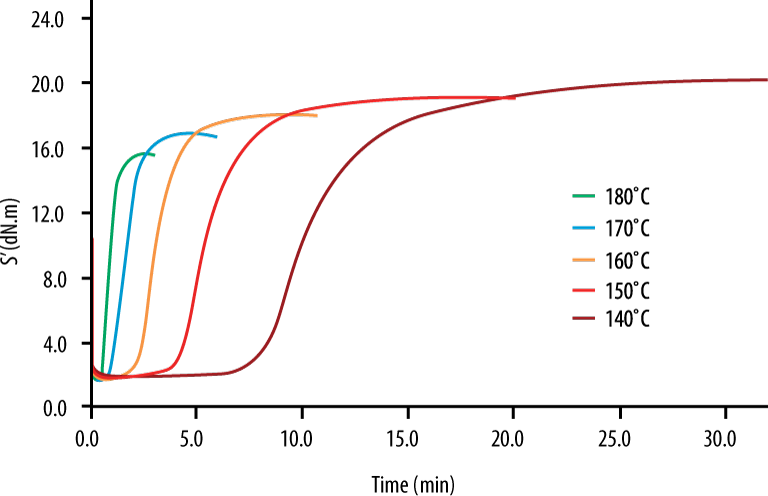
Advanced Cure Kinetics Modeling
Test data from similar static or dynamic test sequences executed at different temperatures are evaluated and modeled for an advanced cure kinetics analysis.
Information acquired includes: Reaction Rate, Order of Reaction (n), Rate Constant (k), Activation Energy (E) and Incubation Time (ti).
Frequency Sweep Material Analysis
Isothermal frequency sweeps provide detailed analysis on the molecular weight distribution MWD (crossover modulus) and the average molecular weight AWM (crossover frequency) for any elastomeric compound. Based on the frequency and given temperature during a test, mechanical properties can be easily predicted.
MonTech has incorporated additional advanced testing capabilities such as the Time-Temperature Superposition principle (TTS). MonTech rheometers can be used for WLF master-curve modelling, to predict material performance at temperatures and frequencies outside the normal range.
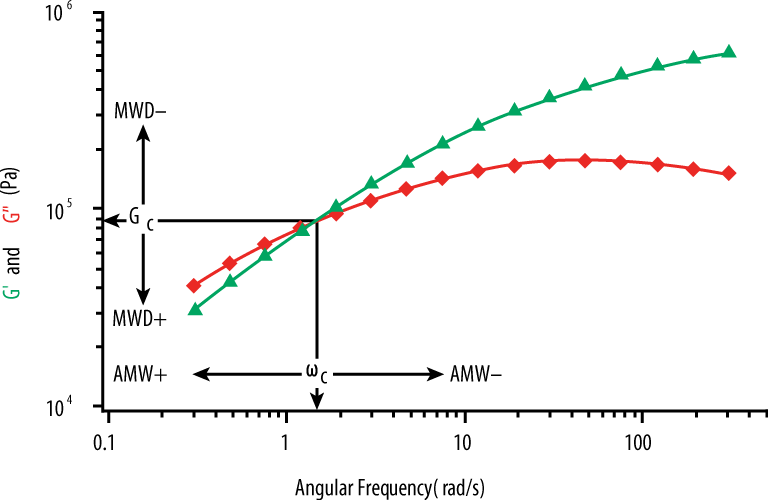
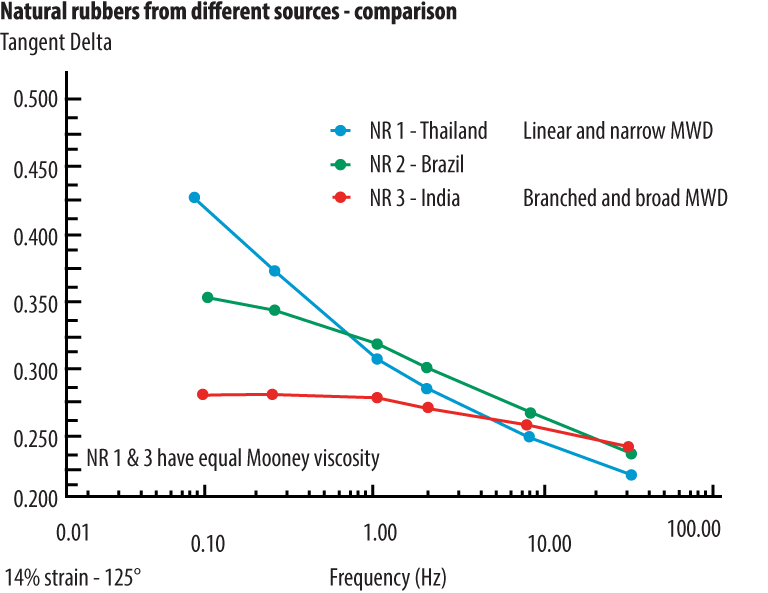
Structural Characteristics and Processability
Structural characteristics of elastomeric compounds influence material behavior during processing and final product performance. In order to simulate various processing methods or evaluate material states, tests are performed in the linear or non-linear viscoelastic range. MonTech dynamic rheometers conduct frequency sweeps over a large shear range to reveal substantial material characteristics pertaining directly to processability.
Non-Linear Material Response at High Strain
Dynamic oscillatory shear tests, commonly known as small-amplitude (SAOS) and large-amplitude (LAOS) oscillatory shear tests, are an effective method for measuring viscoelastic properties of rubber compounds or polymers – an integral part of discerning material response in processing operations.
MonTech Rheometers can be equipped with a High-Speed Data Acquisition System. This enables Fourier transformation analysis of the periodic data, including full raw data access, for research into viscoelastic behavior. By using LAOS testing, the material stress response is easily quantified enabling a fuller understanding of filler content, structure, and polymer architecture.
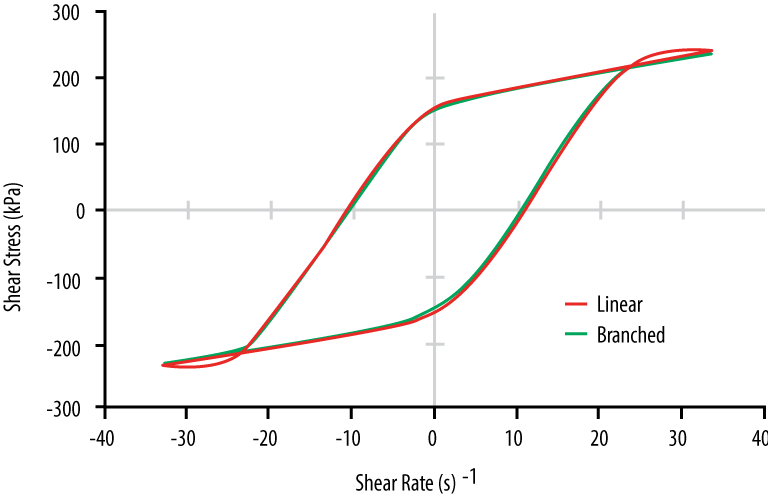

Isothermal Curing at Variable Strain
MonTech Rheometers provide precise test results at variable oscillation angles for ideal strain amplitude, optimal signal-to-noise ratio, while avoiding any structural breakdown or slippage of the sample in the die cavity.
The variable oscillation angle can be set according to the needs of the compound. For example, a higher oscillation angle may better distinguish differences between batches of soft materials, such as silicones or epoxy resins. While a lower oscillation angle used with stiff materials may improve variability by minimizing strain induced damage beyond the linear viscoelastic range.
Structural Breakdown of Rubber Compounds - Process Simulation
Processing simulation is a powerful tool that can be used to shorten R&D times and aid with mixing quality control.
MonTech Rheometers provide simulation capabilities for almost any possible production process, providing irreplaceable data for developing rubber compounds, by simulating manufacturing processes and environments.
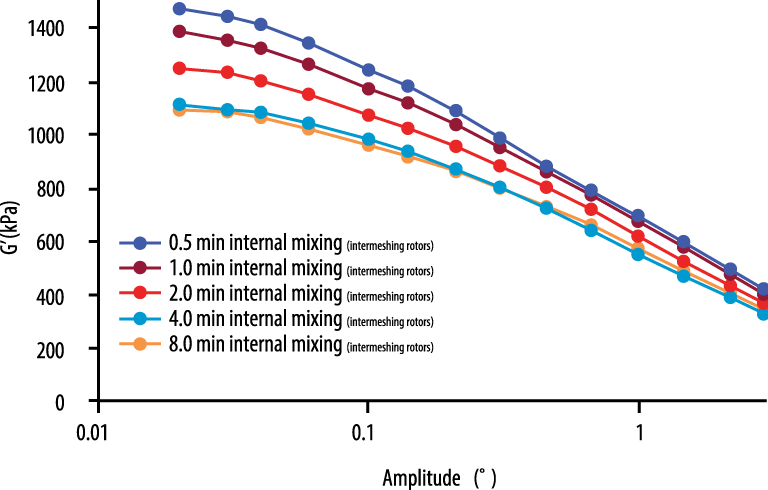
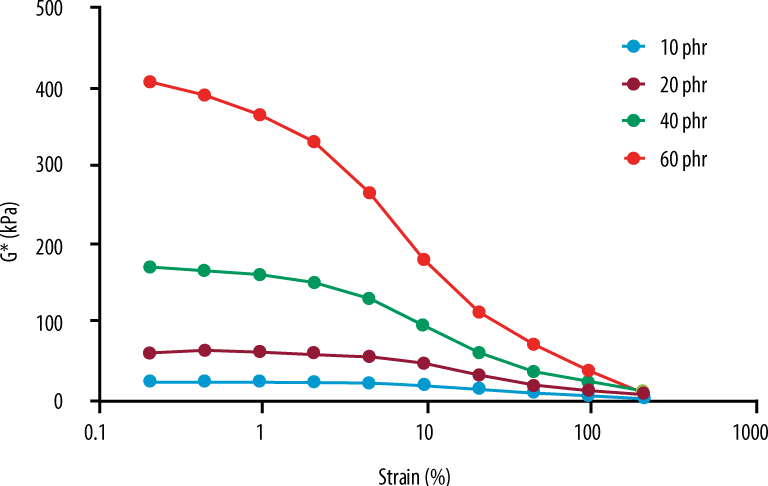
Strain Sweep for Filler Loading "Payne-effect"
The Payne Effect testing measures the stress-strain behavior of tested materials. Physically, the Payne effect can be attributed to deformation-induced changes in a material’s microstructure, i.e. to breakage and recovery of weak physical bonds linking adjacent filler clusters.
By discerning the relationship between modulus and strain in the low strain/high strain areas, users can quantify filler loading, dispersion, and filler-filler interactions. The resulting material characterizations directly impact dynamic stiffness, damping behavior, and final product performance.
Prediction of Processability: Extrusion
Good processing performance is influenced by three main criteria: throughput flow, die swell and surface finish.
The flow will be controlled by the viscosity of the rubber. The shear rate from an extruder and extrusion die can easily be calculated and used as the specific test parameters in a Rubber Process Analyzer test setup. A low viscosity will mean that rubber will easily flow through the extruder with low die pressure. Once the rubber is extruded it is required to be in the correct size.
When leaving the die, the elastic nature of the compound will cause the rubber to expand, resulting in die swell. MonTech Rubber Process Analyzers can obtain the storage shear modulus G' at high strains (typically 100%) allowing an excellent prediction of die swell.
The surface finish of the extrudate is required to be smooth, and not rough. Roughness tends to occur when a stick-slip resonance occurs between the speed of the extruder and the elastic response of the compound. Testing at variable shear rates using a frequency sweep allows the comparison of compounds that extrude with smooth and rough finishes, revealing processing differences.
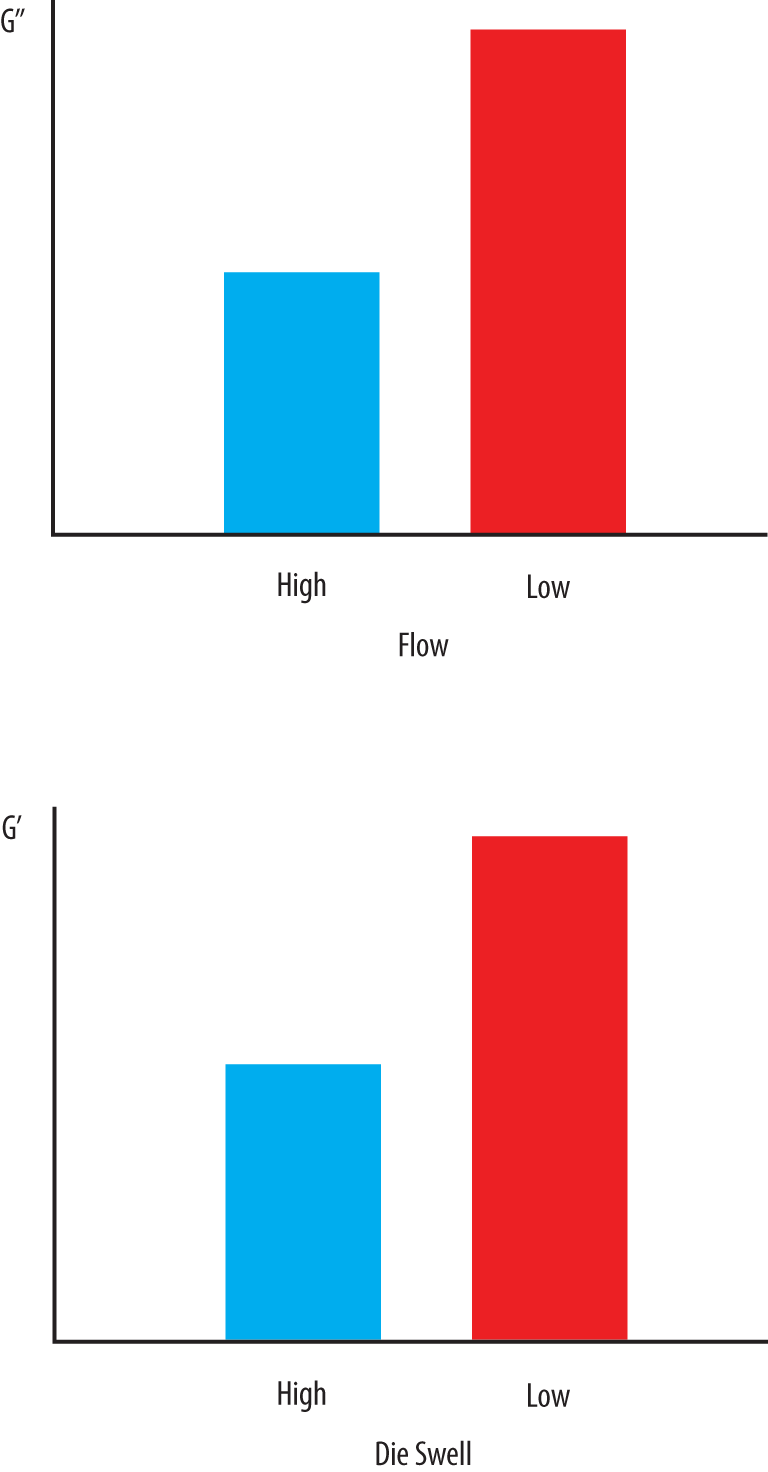
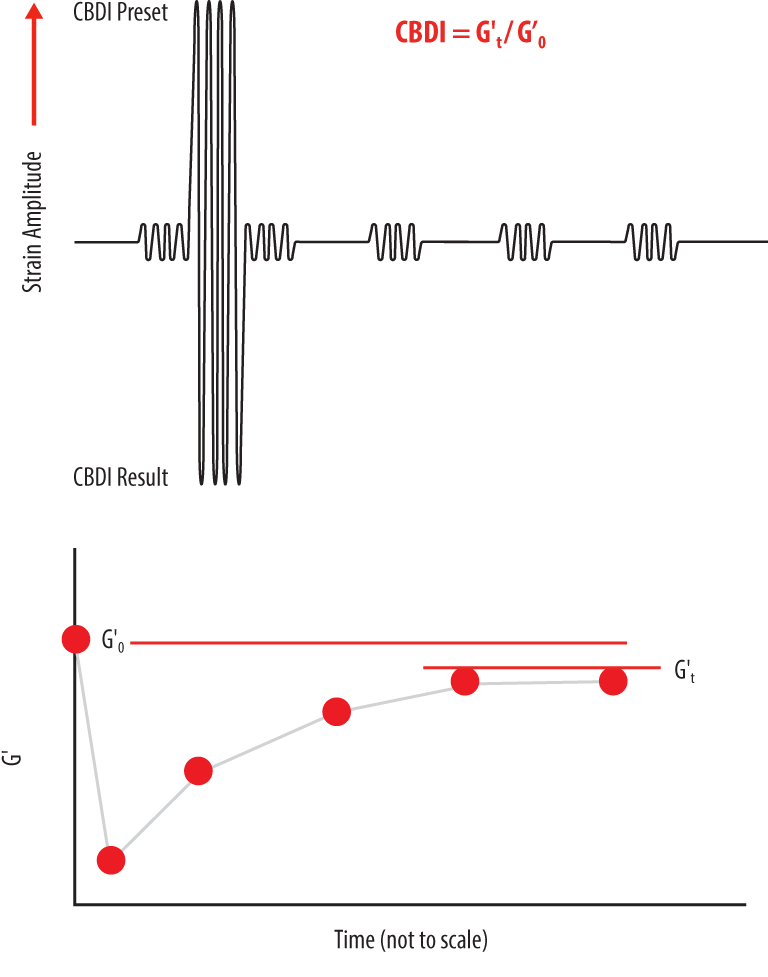
Mechanical properties: Carbon Black Dispersion
In filled rubber compounds, carbon-black particles form a network of mutually interactive agglomerates that can be measured and quantified using a simple D-RPA 3000 Matrix test.
Storage shear modulus (G’) results at low strains (e.g. +/- 1%) are typically high and get reduced after a larger strain amplitude (e.g. +/-50%) is applied for a short period of time. With lower strain amplitudes applied over time, the reduced Storage shear modulus (G’) will partially recover. This effect relates to a breakage of the Van der Waals forces linking the agglomerates and their partial recovery over time.
The extent of recovery of the Storage shear modulus (G’) directly relates to the Dispersion Rating (DR) of the rubber compound. If the carbon black is poorly dispersed, the recovery of the Storage shear modulus (G’) will be much lower, indicating a weaker filler structure and reduced mechanical performance properties.

